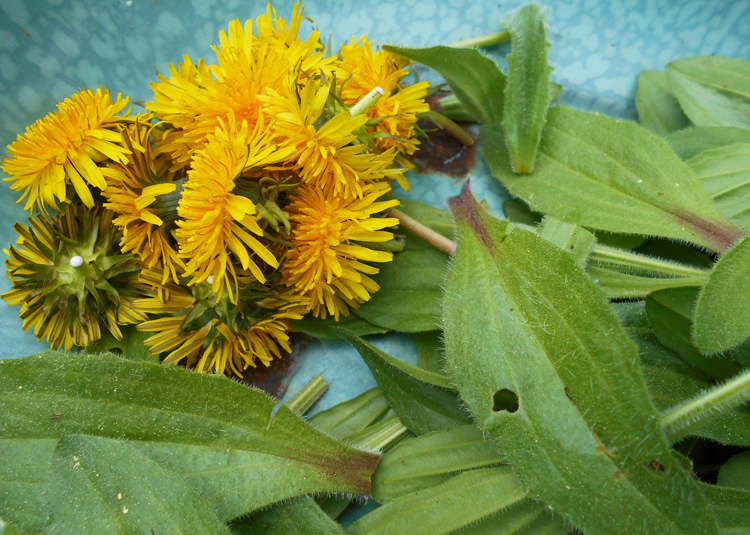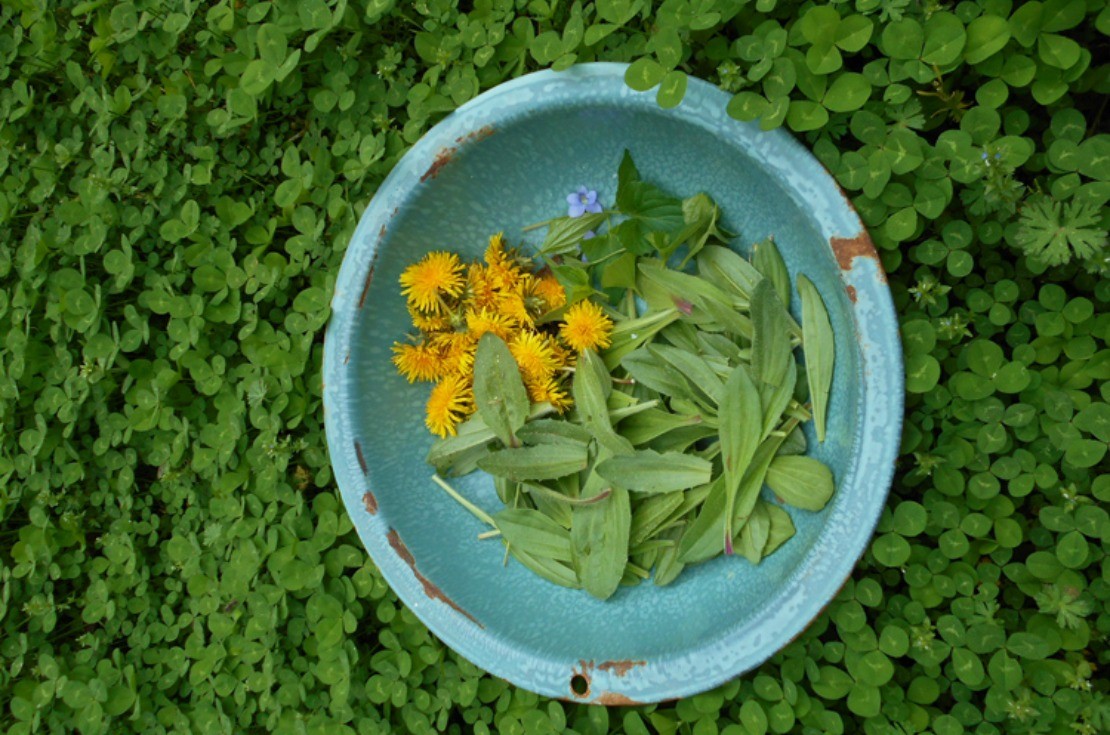
Foraged Skin Care Remedies
Early spring is a wonderful time for foraging. After winter, it is refreshing to finally get outside and gather some healing herbs. Foraging for plants is an easy way to enjoy the benefits of herbs, and to learn more about the gifts that nature offers us. Gathering free wild plants to add to our creations is resourceful and can help make herbal remedies very affordable. Many useful wild herbs that appear in early spring can be incorporated into handmade skin care remedies.
Vibrant Health with Wild Foraged Plants
Nettle Hair Rinse
This is a popular plant for spring foraging because it is nutrient dense and can be used in meals or infused into an herbal tea. It is also great for hair! Used as a rinse, it can help nourish all hair types.
To make the rinse, gather a handful or two of nettle, being sure to wear gloves so the plant will not irritate your skin. Put the nettle in a pot and cover with water. Bring to a boil, then remove from heat and allow to cool completely. When cool, strain out the leaves, and save the strained nettle infusion. Pour the nettle infusion over hair and leave it for a few minutes, then rinse it out with water.
Wild Herb Oil and Salve
My favorite way to use wild herbs in skin care is through infused oils and the salves that can be made from them. The oil helps the herb’s properties absorb into the skin readily. Oils can be infused with a single herb, or a combination of plants, depending on the properties you want to utilize. Oil can be infused with fresh or dried herbs, so you can dry your wild harvested plants to use in various salves throughout the year. To learn how to infuse oils, follow these instructions.
After infusing an oil, it can be made into an herbal salve by mixing ½ cup of the oil with 1 ½ teaspoons of beeswax in a double boiler. Heat just until the wax has melted, stir well, and pour into a 4 ounce jar or tin. For in-depth instructions, follow this guide on Making Salves.
The following are some of my favorite foraged plants for infused oils and salves.
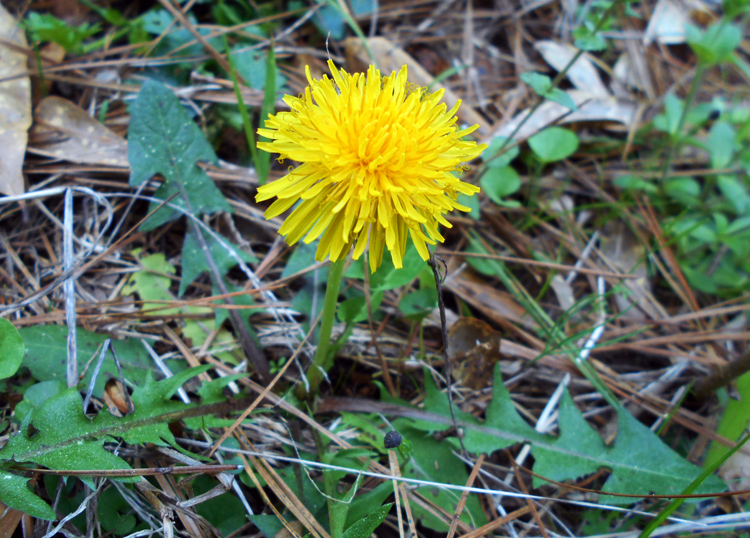
Dandelion
Dandelion flowers are thought to have mild pain relieving properties and because of this they make a great massage oil. They do have a high water content, so in order to lengthen the shelf life of your oil, spread out the petals to dry for a day or two before infusing. Dandelion flower salve can be used as a sore muscle rub so it is a great choice for spring when many people are planting gardens and doing other labor intensive outdoor work.
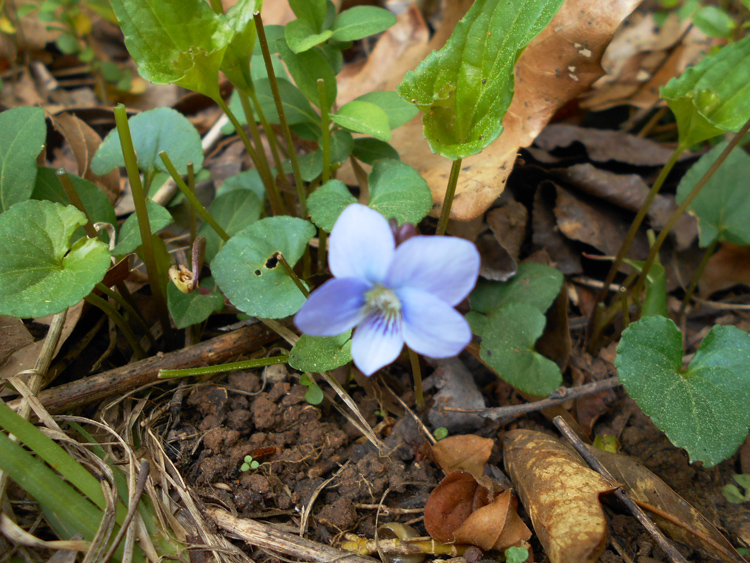
Wild Violet
Violets are anti-inflammatory and help support the immune and lymphatic systems. Wild violet is valued as a breast health herb, and a poultice or salve can be applied to the breasts or the lymph nodes to aid in soothing any inflammation. It can also help clear toxins from the area as it stimulates the lymph system. I used both the flowers and the leaves in my oil.
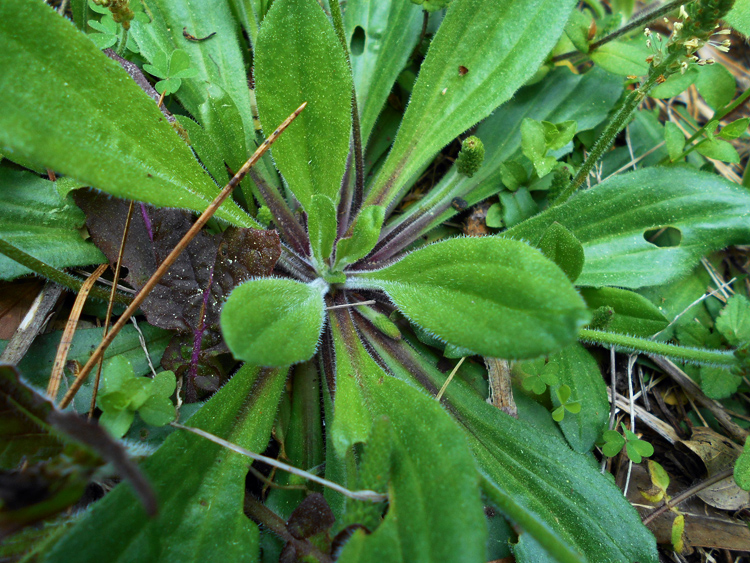
Plantain
This might be the best known herb for wild salve making. Plantain is easy to find and offers multiple skin care benefits. It helps soothe insect stings and bites, rashes, and other skin inflammation. A popular remedy for stings is to simply chew up a plantain leaf and put it on the sting as an instant poultice! Infused in oil and made into a salve, it is a gentle and healing addition to your herbal first aid kit.
Sustainable Wild Harvesting
No discussion on wild herbs would be complete without a note on responsible and sustainable wild harvesting. When foraging for these plants, be careful to only gather them in areas that have not been sprayed with pesticides or herbicides. It is unfortunate that so much effort is given to controlling these “weeds” and in many places they are sprayed with herbicides. It would benefit us to remember that these plants are not a problem to be managed, but a wonderful source of free healing and nourishment. They serve an important role in nature as well, by nourishing soil and preventing erosion. When you gather these plants, be sure to leave some. Since dandelions are one of the first flowers to bloom each spring, they are important for bees and other pollinators so leave a few blossoms in place with that in mind. If we are mindful about it, our wild harvesting can actually help protect these plants. Once we know that they have value, we will be much more likely to allow them to flourish in our yards.
Safe Wild Harvesting
When foraging, be sure to correctly identify anything you gather. When in doubt, leave a plant and come back to it after further research. The Herbarium is a wonderful resource for learning more about herb identification and many other aspects of herbalism.
A few books that are helpful for wild plant identification include:
The Forager’s Harvest by Samuel Thayer
Backyard Foraging by Ellen Zachos
The Joy of Foraging by Gary Lincoff
Always obtain permission before gathering on private property, and follow all posted rules and guidelines in parks and nature preserves as some public places do not allow harvesting.

